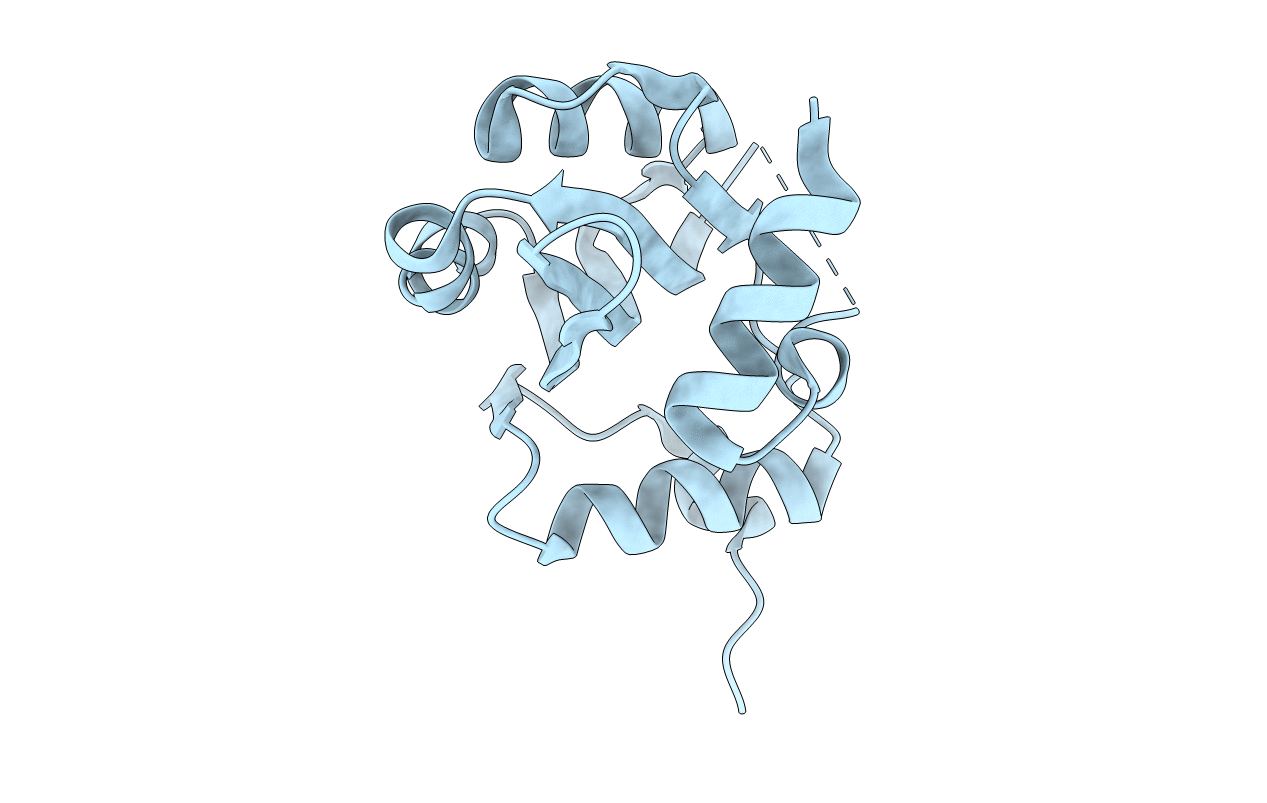
Deposition Date
2003-10-31
Release Date
2003-11-18
Last Version Date
2023-08-23
Entry Detail
PDB ID:
1R9W
Keywords:
Title:
Crystal Structure of the DNA-binding domain of the human papillomavirus type 18 (HPV-18) replication initiation protein E1
Biological Source:
Source Organism:
Human papillomavirus type 18 (Taxon ID: 333761)
Host Organism:
Method Details:
Experimental Method:
Resolution:
1.80 Å
R-Value Free:
0.22
R-Value Work:
0.21
Space Group:
C 1 2 1


